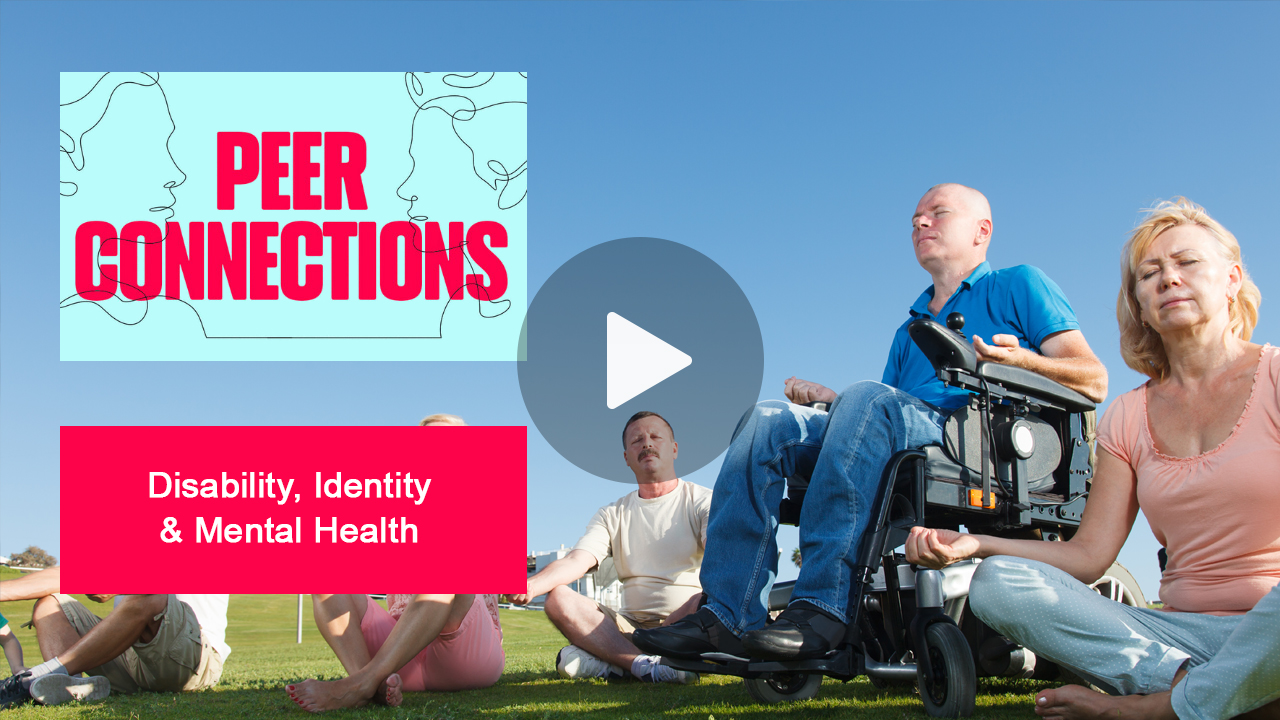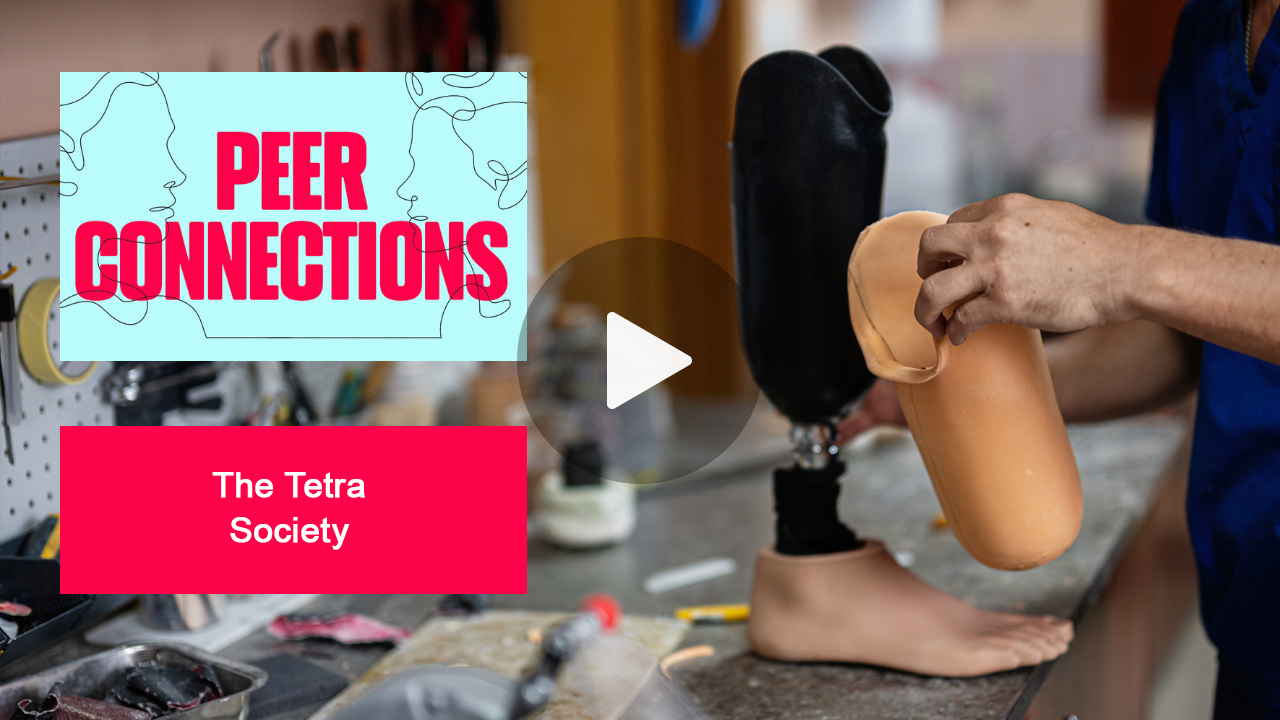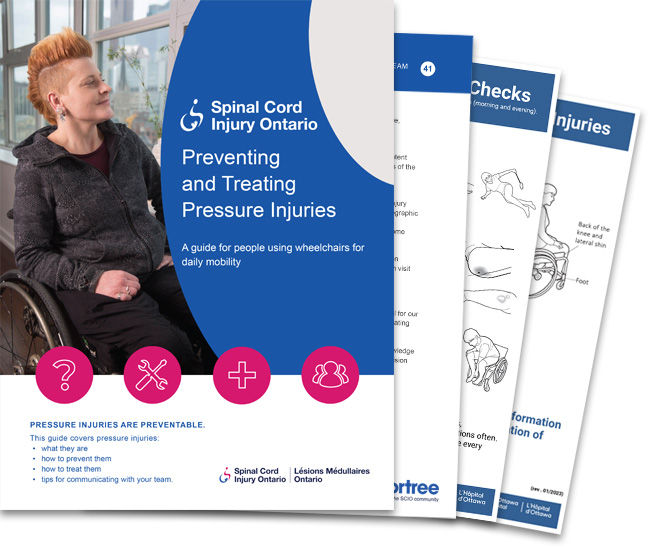Today, we discuss the best skin health tips for people with spinal cord injury, and managing skin sensitivity with SCI. Making a daily routine for monitoring your skin health is a good idea. There are strategies that can help you maintain healthy skin.
This short video covers:
- key items to help you maintain a daily routine for monitoring your skin
- hygiene products to avoid
- moisturizers and ointments that can act as an extra layer of protection for your skin.
Skin health is important for everyone. Everyone’s skin gets more fragile as we get older and our muscles and movement decreases. It’s especially important for people with spinal cord injuries. The less a person is able to move (or the more body parts that are affected by spinal cord injury), combined with how much feeling remains below the level of injury, will affect a person’s risk of developing a pressure injury. Other health problems also affect the risk of developing a pressure injury.
There are many things you can do to maintain healthy skin if you have a spinal cord injury. The skin is the largest organ in our body and it protects us from germs and other harmful substances, but the skin can also be a source of infection.
A person with a spinal cord injury has to be conscious of the skin sensitivity. There are several ways to manage skin sensitivity with SCI, such as using a pressure garment and taking care of the skin. The pressure garment is used to protect the skin from rubbing against clothing and other things that can cause irritation. The garment should be comfortable and help support the body’s weight evenly. It should also fit well without causing any discomfort. Taking care of the skin is also important for people with SCI because they can easily get irritated or have rashes from sweat, detergent, or lotion residue on their clothes or sheets.
Skin sensitivity varies depending on how much sensation a person has below their injury level. For example, someone with an injury at T12 may have more sensation than someone with an injury at T10. The skin is the first line of defense against injury and infection. Skin sensitivity is an inevitable part of life for those with spinal cord injuries, but there are ways to manage it, including using a moisturizer with a « non-oily » formula, avoiding lotions that contain alcohol or fragrance, using products that have been approved by the U.S. Food and Drug Administration (FDA), and keeping your skin clean and dry with mild soap or cleanser and pat dry gently with a towel after bathing.
You’ll find this video useful if you want to learn more about:
- best skin health tips for people with spinal cord injury
- managing skin sensitivity with SCI
- skin care for spinal cord injury patients
- sci and skin damage
- wheelchair user skin care tips
- living with spinal cord injury
- spinal cord injury planning care to prevent skin breakdown
- spinal cord injury skin care
If you enjoyed this video about the best skin health tips for spinal cord injury, and managing skin sensitivity with SCI, please remember to like, share, subscribe and leave a comment if you have any questions, suggestions, or feedback. We hope to see you here again soon!




